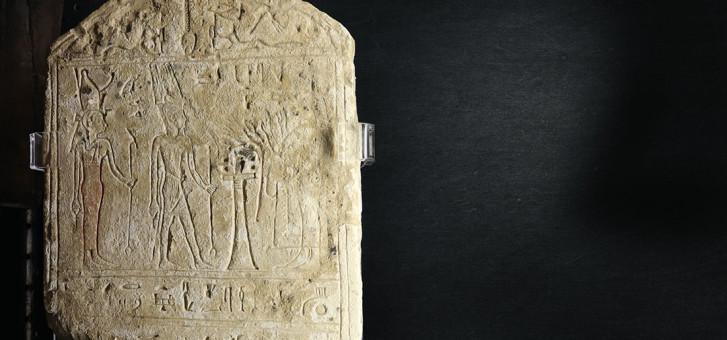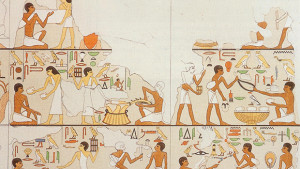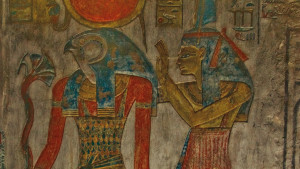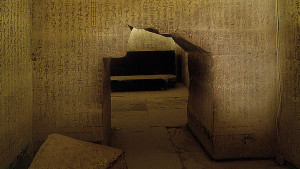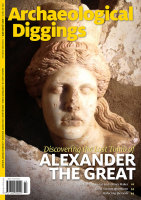With a diverse collection of more than 7000 artefacts spanning from predynastic Egypt times to the pharaonic era, and also Cypriot, Greek, Roman and Near East cultures under one roof, the Museum of Ancient Cultures at Macquarie University, Sydney, is a must-see for anyone with an interest in, or appreciation of, ancient history. The museum invites the visitor to explore thematic and chronological presentations within the geographical contexts of the collection.
Macquarie University museum is home to the largest collection of papyri in the southern hemisphere with around 640 pieces, from the third century b.c. to eighth century A.D. The papyri feature a variety of languages including Coptic, Greek and Egyptian hieroglyphs, section 18 of Homer’s Iliad and a fragment of the biblical New Testament book, The Acts of the Apostles. Under the directorship of Karl Van Dyke, the vision of the museum is to have the papyri online and linked to other databases around the world so that academics and the public can access, learn and appreciate ancient eras and the influences of past times.
The museum is a teaching facility where Macquarie University academics can teach archaeology to undergraduate and postgraduate students using real artefacts as their source. The museum also offers education programs for primary and secondary students of New South Wales and the Australian Capital Territory, as well as the broader, interested community.
One of the many highlights of the museum is an ancient Egyptian Late Period wooden coffin, possibly of cedar and blackened with excessive resins, which, unfortunately, obscure any possible script underneath. It protects the mummy of a young male aged around 20 years, according to X-rays taken in the 1930s. Plans are underway for the body to be the subject of noninvasive biological scientific testing in the future. It is hoped that MRI scanning can confirm gender, condition of the body, help to inform of any diseases present at the death of the individual and show up any inclusions in the wrappings such as protective amulets.
The museum’s collection is expanding each year with purchases, loans from other institutions, excavations and from generous donations and benefactors.

